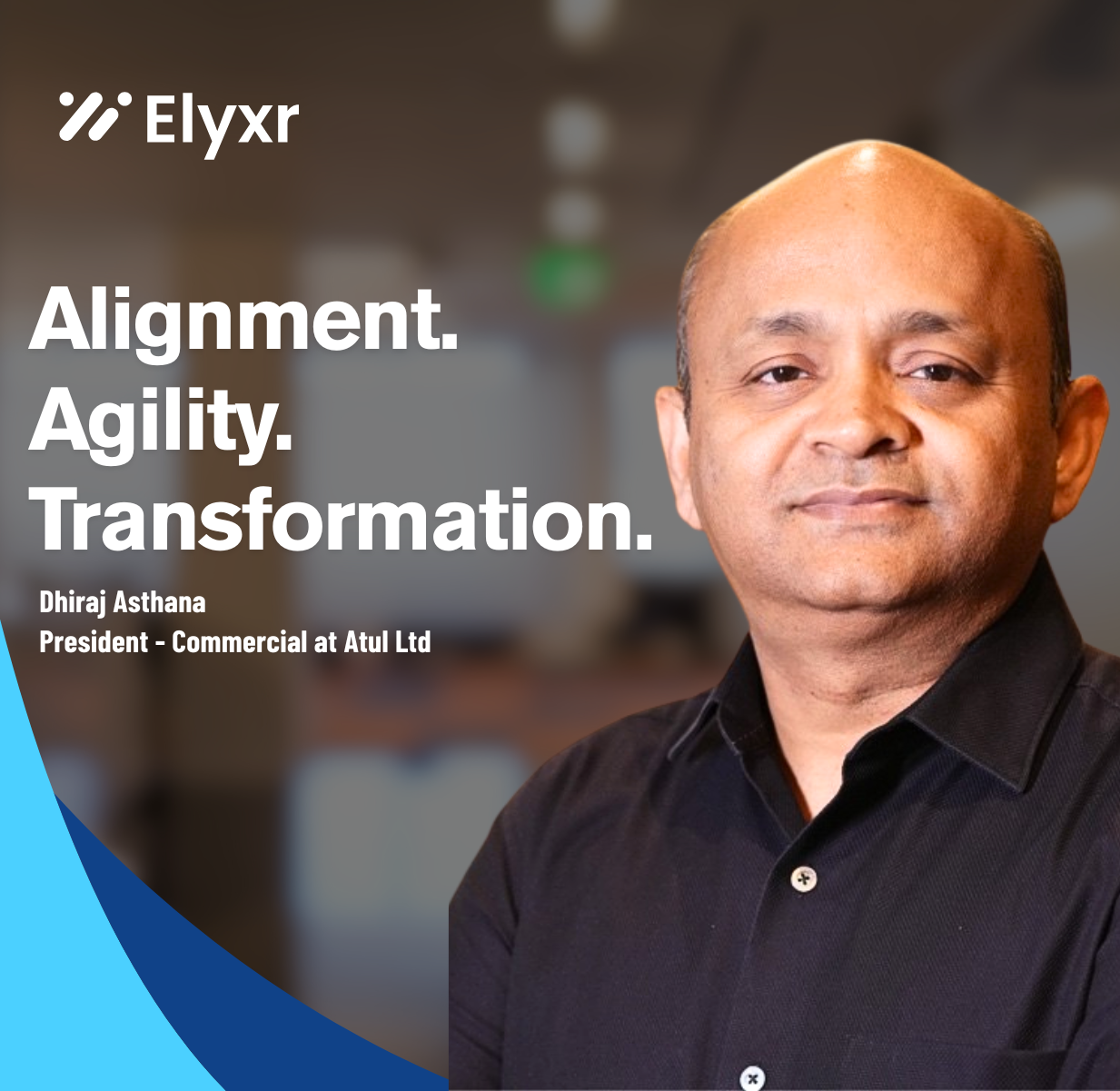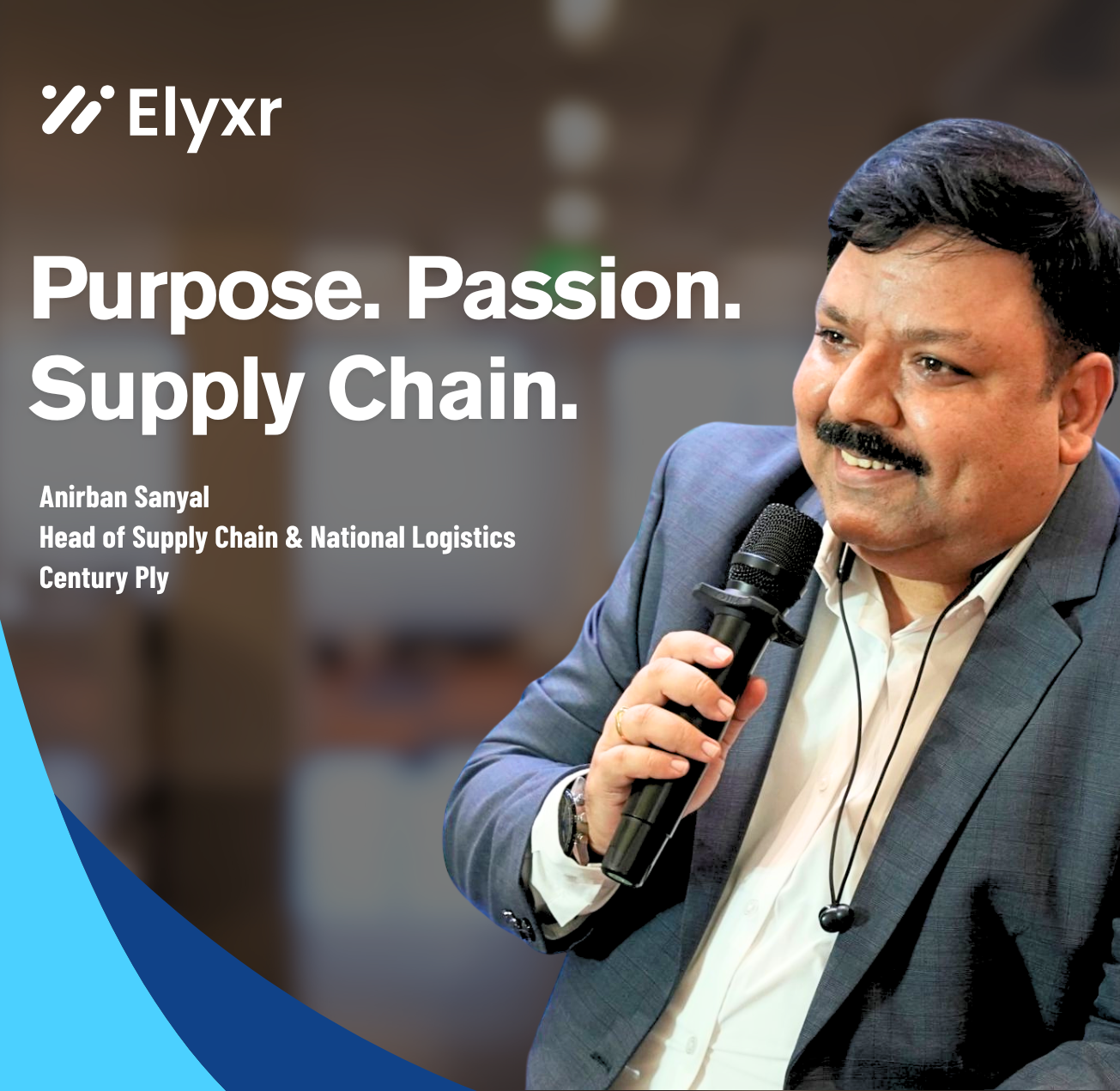
At Atul Ltd., our supply chain is not a support function, it is a strategic enabler of business transformation. We align our supply chain objectives directly with enterprise-level priorities like profitable growth, customer-centricity, ESG leadership, and digital integration.
By embedding sustainability (ISO 20400-aligned sourcing), digitalization (TMS, VMS, WMS), and risk intelligence into our supply chain strategy, we ensure operational resilience while contributing to enterprise ESG targets, cost competitiveness, and service differentiation. This alignment allows the Commercial function to deliver measurable impact from driving freight savings to achieving 70% sustainable procurement spend coverage, thus reinforcing Atul’s long-term value creation agenda.
Cost optimization is a priority, but not at the expense of quality or strategic partnerships. Our philosophy is “cost with context”: optimizing total cost of ownership, not just price.
Atul’s procurement framework emphasizes supplier segmentation, long-term contracts, and structured performance scorecards, enabling us to reward quality, reliability, and innovation, not just cost. Through open-book cost models, joint efficiency programs, and vendor training on ESG and digital maturity, we balance competitiveness with continuity. This has helped us nurture strategic suppliers while achieving year-over-year efficiency gains, without compromising product integrity or customer satisfaction.
Our supply chain success is rooted in collaborative execution across Manufacturing, Procurement, and Commercial. For example:
Joint dashboards, shared KPIs, and integrated decision-making forums ensure cross-functional alignment. This collaboration enabled the rollout of our Transportation Management System (TMS) and Vehicle Monitoring System (VMS), resulting in improved OTIF, lower carbon footprint, and enhanced real-time visibility across operations.
Digitalization is at the heart of our supply chain modernization. We’ve transitioned from reactive operations to data-driven, proactive decision-making. Through tools like Oracle ERP, TMS, WMS, iSourcing, and iSupplier platforms, we’ve digitized core processes from indent to invoice.
To ensure our supply chain evolves in sync with enterprise transformation:
This integrated digital push has led to 15–20% improvement in operational efficiency and stronger governance across the value chain.
Leadership plays a pivotal role in setting the tone and tempo of supply chain transformation. At Atul, we anchor our culture in accountability, agility, and innovation:
As a leader, I prioritize transparency, empowerment, and purpose alignment, ensuring our teams see the bigger picture and act with speed, integrity, and creativity.
Digital transformation is not just a tech project, it’s a mindset shift and operating model redesign. My advice to organizations:
At Atul, this approach helped us roll out TMS and iSourcing in phases, demonstrate early ROI, and build momentum for scale. The result is a supply chain that is not just automated—but adaptive, intelligent, and resilient.

